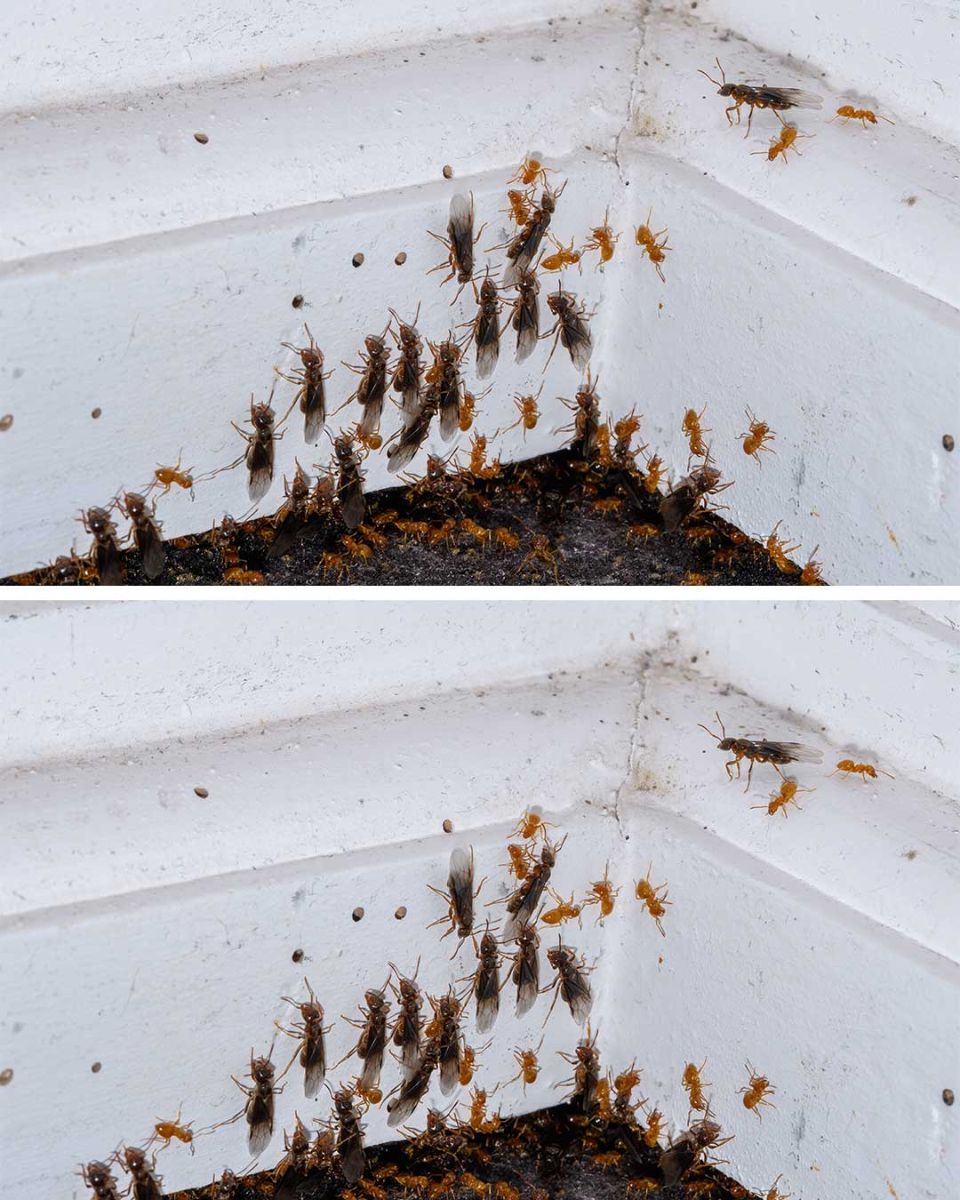ADVERTISEMENT
5. **Call a Professional:**
– If the infestation is large or if you cannot locate the nest, it may be best to contact a professional pest control company. They have the expertise and tools to safely and effectively eliminate flying ants and their colonies from your home.
—
### **Preventing Future Infestations:**
Once you’ve dealt with the immediate issue of flying ants, it’s crucial to take steps to prevent future infestations:
1. **Seal Cracks and Gaps:**
– Inspect your home for cracks, gaps, or other openings that ants could use to enter. Seal up any possible entry points using caulk, weatherstripping, or other appropriate materials.
2. **Keep Your Home Clean:**
– Regularly clean surfaces, floors, and countertops to eliminate food and water sources that may attract ants. Pay special attention to sugary substances, as they are particularly attractive to ants.
– Store food in airtight containers to keep it out of reach of pests.
3. **Trim Trees and Bushes:**
– Keep trees and bushes trimmed away from the exterior of your home, especially if branches are touching the walls or roof. This reduces the chances of ants finding a way inside through overhanging branches.
4. **Maintain Your Yard:**
– Make sure there are no piles of debris, wood, or leaves near your home’s foundation. These can attract ants and provide them with easy access to your home.
—
### **Conclusion:**
Flying ants may be a nuisance, but with the right steps, you can get rid of them and prevent future infestations. By identifying the source of the problem, using targeted treatments like ant baits or sprays, and making sure your home is sealed properly, you can reclaim your space from these unwelcome pests. If the problem persists, don’t hesitate to reach out to a pest control professional for assistance. With a little effort, your home can remain flying-ant free.
ADVERTISEMENT
